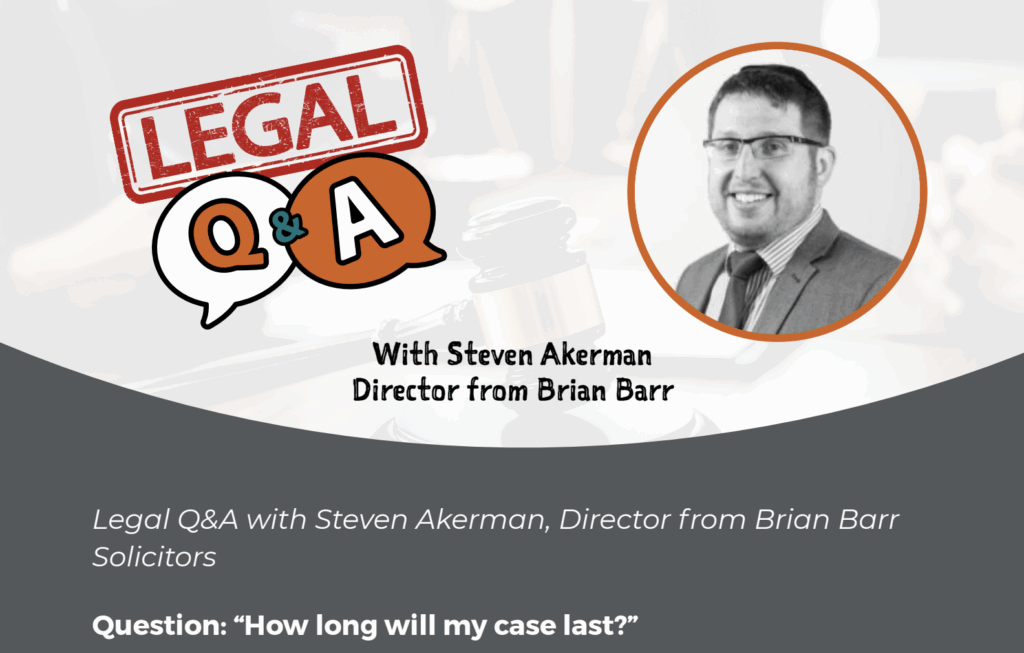As a knowledgeable fibromyalgia lawyer firm, we reveal all about ultrasound therapy and how it can be used to treat the condition.
The symptoms of fibromyalgia are debilitating, causing severe pain for sufferers all over the body. As well as this, patients may also experience extreme fatigue, stiffness, sleep deprivation and headaches, making everyday life an ongoing battle. At the moment, there is no cure for fibromyalgia and, due to its unpredictable behaviours, treating it can be a complex process. As an experienced fibromyalgia lawyer firm, we know too well how the condition can have a negative impact on sufferers’ lives, which is why we offer a support like no other in times of need. In this blog post, we discuss ultrasound therapy in more detail and explain how it works as a potential treatment for fibromyalgia.
What is ultrasound therapy and how does it work?
Ultrasound therapy is a technique widely used by physical therapists to treat pain and stiffness, involving the use of an ultrasound probe and a transmission coupling gel. The probe is used to sweep over the areas of the body that are known to be painful or stiff, emitting waves which pass through the skin which causes the local soft tissues to vibrate. The vibrations caused by the probe then increase levels of hemoglobin, a molecule that shuttles oxygen to the body’s cells and tissues, as well as tissue temperature which improves blood circulation through tissues.
How can ultrasound therapy help fibromyalgia sufferers?
Therapeutic ultrasound increases blood flow through tissues, removing waste products which can cause muscle pain, stiffness and inflammation.
In addition to the above, increased blood flow is also known for oxygenating the body’s tissues, which is a huge plus for fibromyalgia sufferers; poor tissue oxygenation is known to worsen symptoms.
Ultrasound therapy has been found to reduce musculoskeletal pain levels in fibromyalgia patients.
How safe is therapeutic ultrasound?
Ultrasound therapy is considered to be very safe; although ultrasound probes heat up during the course of the treatment, the risk of burns is very low and you’ll be safe in the knowledge that you’re being treated by a qualified professional.
How can ultrasound therapy be put to the test?
If you suffer with fibromyalgia and want to give therapeutic ultrasound a try, you should get in touch with your GP, local physiotherapist or physical therapist to find out if they offer this treatment modality. We would always recommend getting in touch with your GP beforehand to ensure that this treatment is suitable for your specific case.
How much does ultrasound therapy cost?
This method of treatment is relatively short, usually lasting for 10 minutes, meaning that the cost associated is typically low. If the treatment works for you, there are therapeutic ultrasound machines that can be purchased for home use in the future.
If you suffer with fibromyalgia as a result of an accident or injury, don’t hesitate to get in touch with our helpful team of qualified fibromyalgia lawyers as you could be entitled to compensation. Our accident solicitors in Manchester have vast experience in handling fibromyalgia claims and could help you.
We do not endorse any research, studies or sources mentioned within our blogs and comments. Furthermore, we do not endorse any medical advice provided, and would strongly recommend anyone seeking medical advice to contact their local healthcare provider.
















